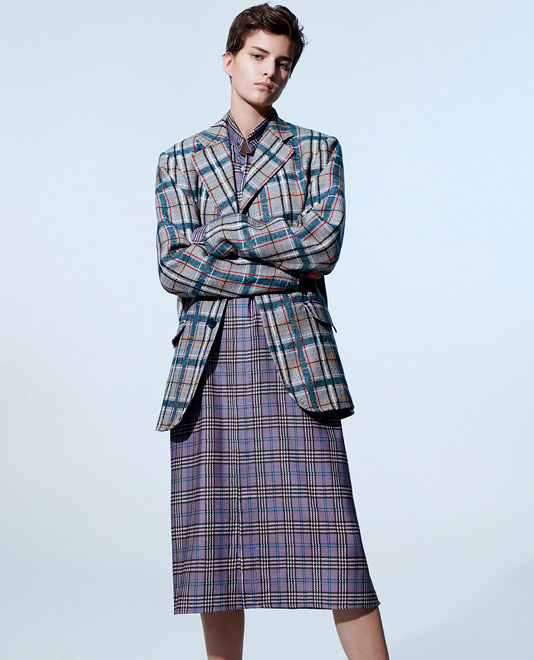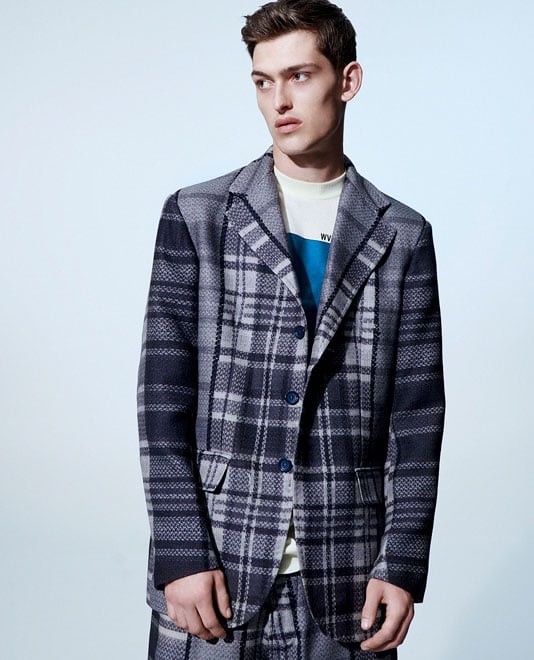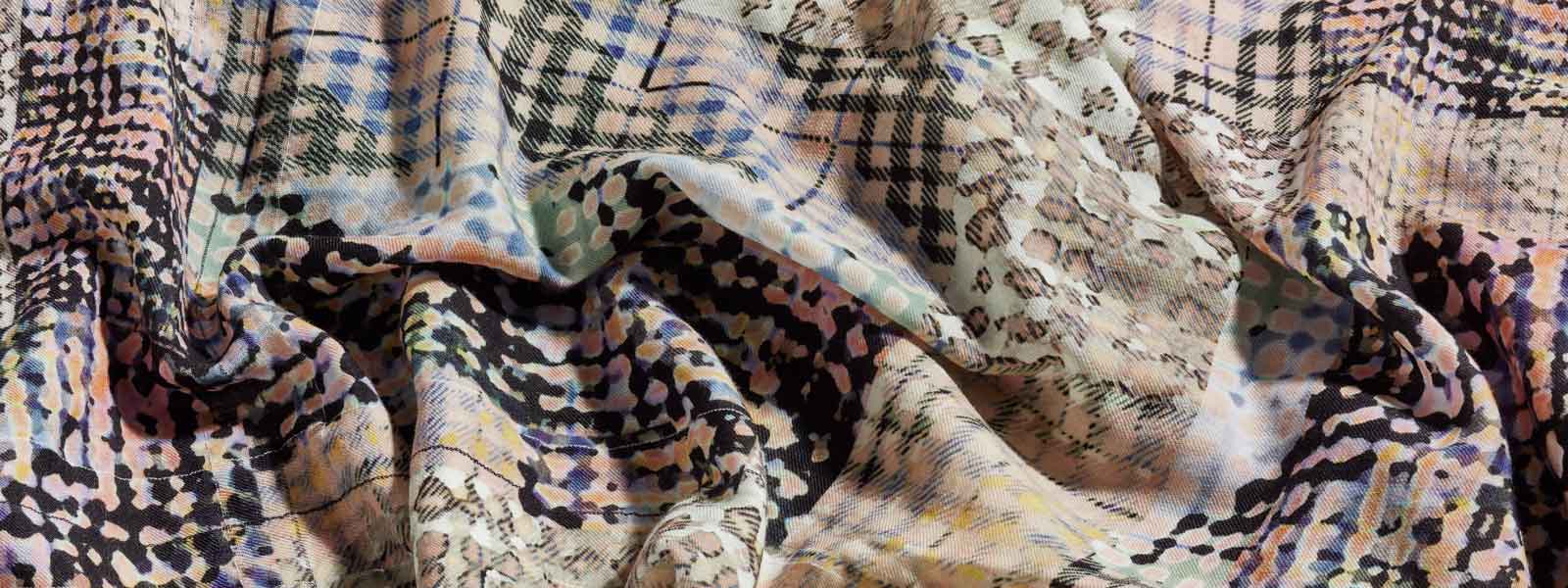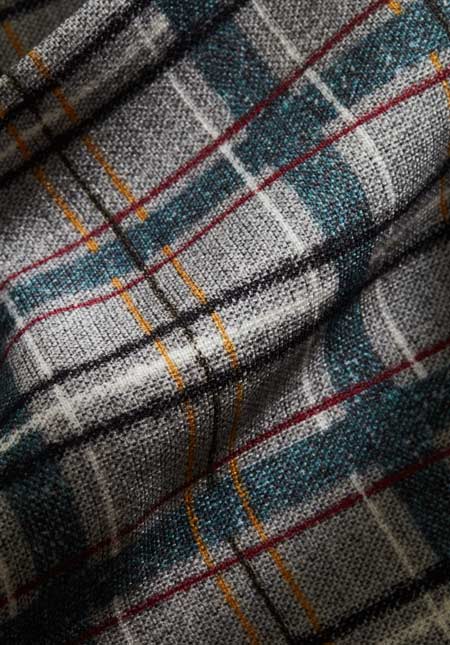New technology has made way for digital printing on wool fabrics, revealing new design opportunities and markets for wool fabrications.
Benefits of digital printing
More flexibility in design
Environmentally friendly dye
Less water
Excess dye is recycled
No minimum order quantity
Digital fabric printing is where colour dyes are applied simultaneously in varying concentrations to a prepared fabric surface through inkjet technology, producing a printed fabric with intricate designs with infinite possibilities.
Traditionally used for synthetic fibres, leading innovators in the textile industry have now applied digital printing to wool fabric, opening up new applications for wool.


We’ve worked with innovators at Think Positive Prints, COMEFORBREAKFAST and Ratti to experiment and apply digital printing to wool fabrics.
process
Step 1
Fabric Preparation
The ink used is a water soluble, modern textile dye. To stop the dyes from running and causing a blurring smudge, the fabric is first coated with a mixture of seaweed thickener, urea, salt and citric acid (lemon juice) to buffer the pH.
Step 2
Printing
Tiny little random (stochastic) drops of dye, thinner than a hair, are sprinkled over the fabric from 8 different colour heads as the carriage passes across the fabric, which is held steady on the printer’s “sticky belt”. Eight base colours mixing together to produce over a billion colour combinations. 100% wool is dyed with acidic dyes or reactive dyes.
Step 3
Heat setting
At first, the dye sits on the top of the fabric, which is then passed over a heat plate so that it is touch dry.
Step 4
Steaming
Steaming the fabric opens up the fibres and creates a waterway into and around the fibres so the dyes can travel from the surface of the fabric into the fibres, forming bonds and giving the fabric permanent colour, image and design.
Step 5
Rinse coating
Next, having done its job, the coating solution is washed out, along with the excess dyes (that did not bond), otherwise the colours would run in the rain. The result is a decorated fabric that retains its original feel and texture that can be made into garments, curtains, upholstery, scarves or, cushions – the possibility is endless.

